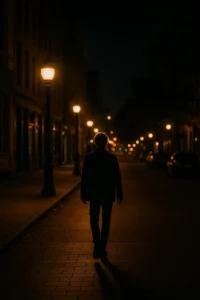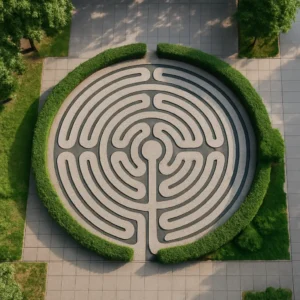Bohemian neighborhoods have long been the heartbeat of creative expression, counterculture, and innovation in urban areas. These districts, often filled with artists, musicians, writers, and free thinkers, shape the cultural identity of cities in profound ways. From fostering artistic revolutions to redefining nightlife, bohemian enclaves leave an indelible mark on urban landscapes.
The Birthplace of Artistic Movements
Throughout history, bohemian neighborhoods have been at the forefront of major artistic movements. In 19th-century Paris, Montmartre became the epicenter of Impressionism, with artists like Monet, Renoir, and Van Gogh redefining the boundaries of art. Similarly, New York’s Greenwich Village played a crucial role in the Beat Generation and Abstract Expressionism, giving a platform to writers like Jack Kerouac and artists like Jackson Pollock. These areas provide affordable living spaces, open-minded communities, and platforms for creative minds to thrive.
A Hub for Music and Performance
Music scenes often emerge from bohemian neighborhoods before gaining global recognition. The jazz explosion in Harlem, the punk rock movement in London’s Camden Town, and the rise of grunge in Seattle’s Capitol Hill all originated in these vibrant districts. The mix of independent venues, street performances, and underground clubs allows musicians to experiment freely, influencing mainstream culture over time. Even today, bohemian neighborhoods continue to shape music trends and serve as incubators for new sounds.
The Evolution of Nightlife and Social Movements
Bohemian districts are known for their electric nightlife, where diverse communities come together in bars, cafes, and cultural hubs. These spaces often become meeting points for political and social movements. The LGBTQ+ rights movement found strong support in San Francisco’s Castro and New York’s West Village, while feminist and anti-establishment groups thrived in Berlin’s Kreuzberg. The combination of activism and artistic expression turns these neighborhoods into catalysts for change.
A Haven for Alternative Lifestyles
Beyond art and music, bohemian neighborhoods embrace alternative lifestyles and philosophies. From communal living in Amsterdam’s De Pijp to the sustainability-focused initiatives in Copenhagen’s Christiania, these areas challenge conventional norms and promote experimental ways of life. Many of today’s trends in fashion, eco-conscious living, and holistic wellness have roots in bohemian enclaves that dared to question the status quo.
The Struggle Against Gentrification
As bohemian neighborhoods gain popularity, they often face the challenge of gentrification. Rising property values attract investors and commercial developers, sometimes pushing out the very artists and creatives who made the area unique. Cities like Barcelona, Berlin, and New Orleans have all seen their bohemian districts transform into tourist hotspots, altering their original spirit. However, many communities resist these changes, fighting to preserve their cultural identity.
Why Bohemian Neighborhoods Matter
Bohemian neighborhoods are more than just trendy areas; they are the soul of a city’s cultural evolution. They inspire new ideas, challenge societal norms, and provide a space for artistic and social revolutions. Without them, cities risk losing the diversity and dynamism that make them truly alive.







